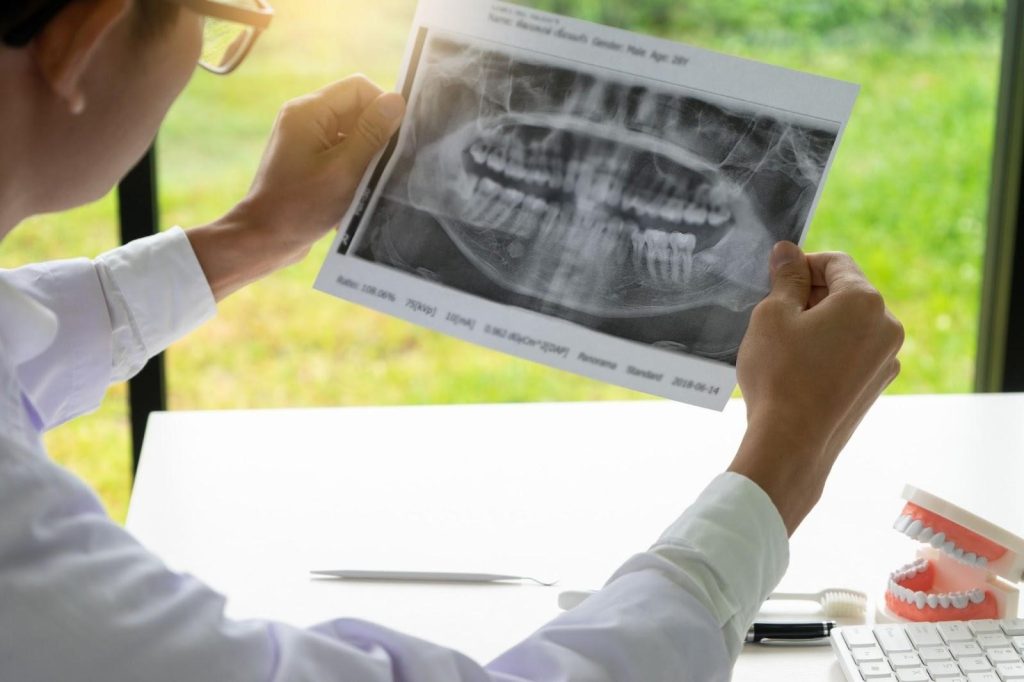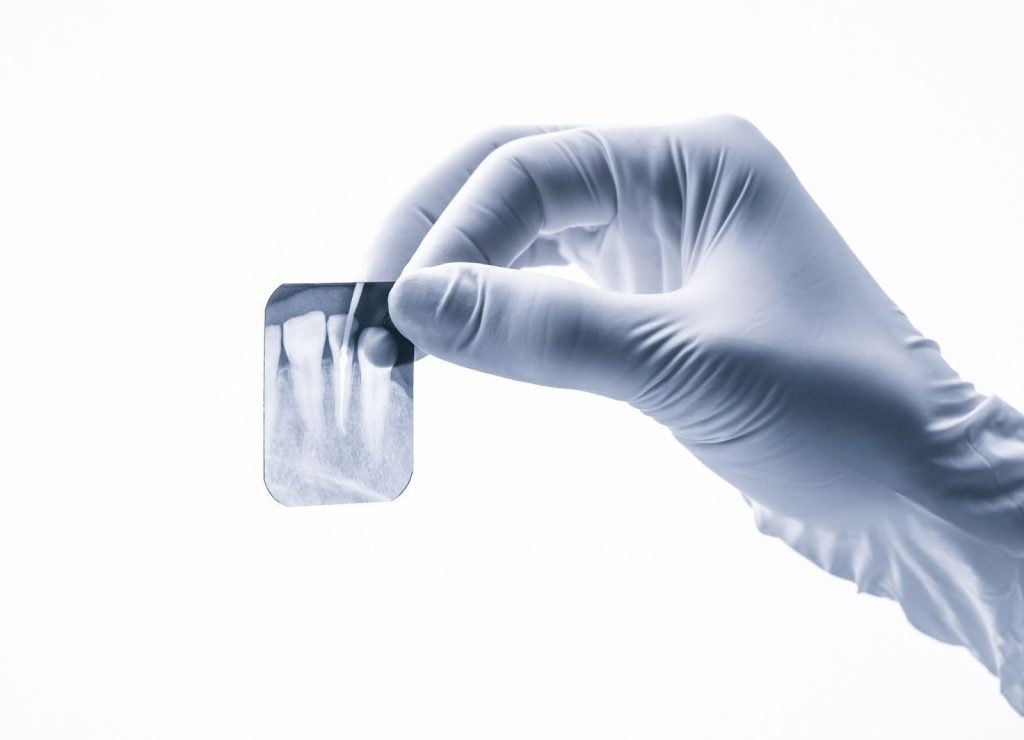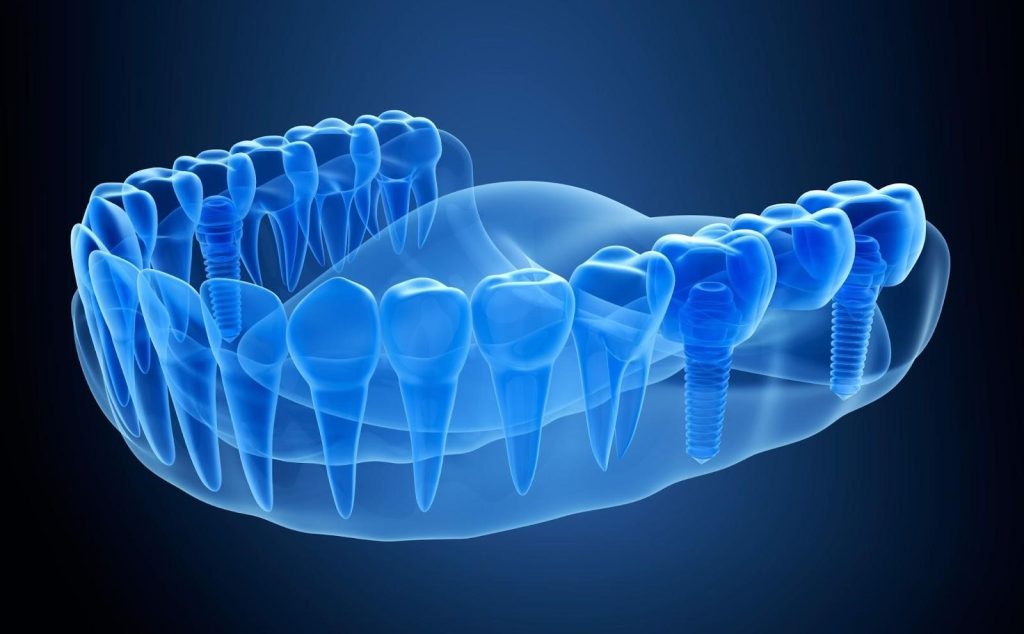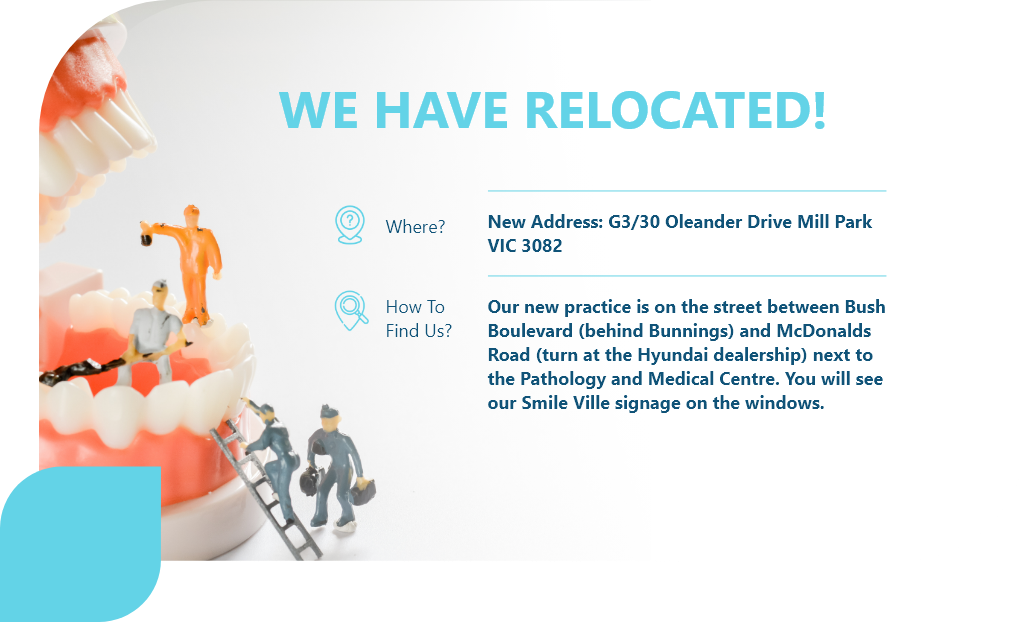What are dental X-rays?
Dental X-rays are an imaging test that allows dental professionals to get a detailed look inside the teeth and gums. The X-ray produces a two dimensions image that reveals the anatomy of the mouth, including decaying or damaged teeth, impacted teeth, and dental cavities.
By looking at these images, dentists can accurately diagnose problems and develop a treatment plan to improve oral health. X-rays are also used to track the progress of existing dental treatments, such as braces or root canals.
Depending on your needs, you may receive several X-rays, including bitewing (for checking the condition of your teeth), panoramic (to get a broad view of the entire mouth) and occlusal (which looks at the alignment of your jaw).
Your dentist may recommend that you have dental X-rays to keep track of any changes to your oral health. If you’re experiencing any pain or discomfort, they may also suggest an X-ray to determine the underlying cause of the symptoms.
Overall, dental X-rays are essential in helping dentists make accurate diagnoses and develop effective treatment plans to improve oral health.
OPG X-ray vs traditional dental X-rays
An OPG X-ray (Orthopantomogram) is a specialised dental radiograph that provides a panoramic view of the entire upper and lower jawbone, including all the teeth and surrounding structures. The name “Orthopantomogram” comes from the Greek words “ortho,” meaning straight, “panto,” telling all, and “gram,” meaning a record or image.
During an OPG X-ray, the machine rotates around the patient’s head, capturing a detailed image of the jaws, teeth, temporomandibular joints (TMJ), and other vital structures. This type of dental X-ray is non-invasive and requires minimal patient cooperation, making it a valuable tool in dental diagnostics.
On the other hand, a traditional dental X-ray, also known as a dental radiograph or intraoral X-ray, is a common imaging technique used in dentistry to capture detailed images of individual teeth and specific mouth areas. Unlike an OPG X-ray, which provides a panoramic view of the entire jaw and all teeth, traditional dental X-rays focus on smaller, localised areas.
Traditional dental X-rays use a small amount of radiation to capture images. Dental radiographers place an X-ray film or a digital sensor inside the patient’s mouth to record the image. The process is quick and generally well-tolerated by patients.

When is an OPG X-ray commonly used?
The OPG X-ray provides a comprehensive view of the oral and maxillofacial region, allowing dentists to diagnose and plan treatments effectively. It is a valuable tool for routine dental check-ups, pre-surgical evaluations, and oral health assessments.
- They are commonly used in these situations:
- As a baseline when having a full comprehensive exam
- Assess the position and development of all teeth, including wisdom teeth.
- Identify dental problems such as cavities, abscesses, and cysts.
- Evaluate the bone structure and density in the jawbone.
- Diagnose issues related to the temporomandibular joint (TMJ), which can cause jaw pain and other problems.
- Plan for orthodontic treatment, such as traditional braces or clear aligners.
- Evaluate the need and plan for dental implants and other oral surgeries.
What are the types of traditional dental X-rays?
- Bitewing X-rays show the upper and lower back teeth (molars and premolars) on a single film. Bitewing X-rays often detect cavities between teeth, evaluate dental fillings, and monitor gum disease progression.
- Periapical X-rays focus on one or two teeth at a time and show the entire length of each tooth, from the crown to the tip of the root. Periapical X-rays diagnose dental problems such as abscesses, infections, and root canal issues.
- Occlusal X-rays visually view the entire upper or lower jaw arch. They help assess the development of teeth in children, locate impacted teeth, and identify cysts or other abnormalities in the jawbone.

Our Takeaway
While traditional dental X-rays offer invaluable localised insights into specific teeth, the OPG X-ray takes panoramic imaging, revealing a comprehensive view of the entire upper and lower jaw, encompassing all teeth and their neighbouring structures in an image.
Where traditional dental X-rays diligently zoom in on targeted areas, the OPG X-ray magnificently portrays overall oral health, empowering dentists to identify individual dental issues and broader patterns of dental development and potential concerns.
Its non-invasive nature renders it a gentle yet powerful tool, especially for patients who may find intraoral X-rays uncomfortable or challenging. The OPG X-ray guides dental diagnostics, providing a roadmap for orthodontic treatment, dental implant planning, and surgical endeavours.
By capturing the tapestry of the oral and maxillofacial region, this panoramic view brings the potential for early detection of conditions, saving patients from unnecessary pain and complications.
To understand and know if you need an OPG or traditional dental X-ray, book an appointment with your trusted SmileVille dentists today!











